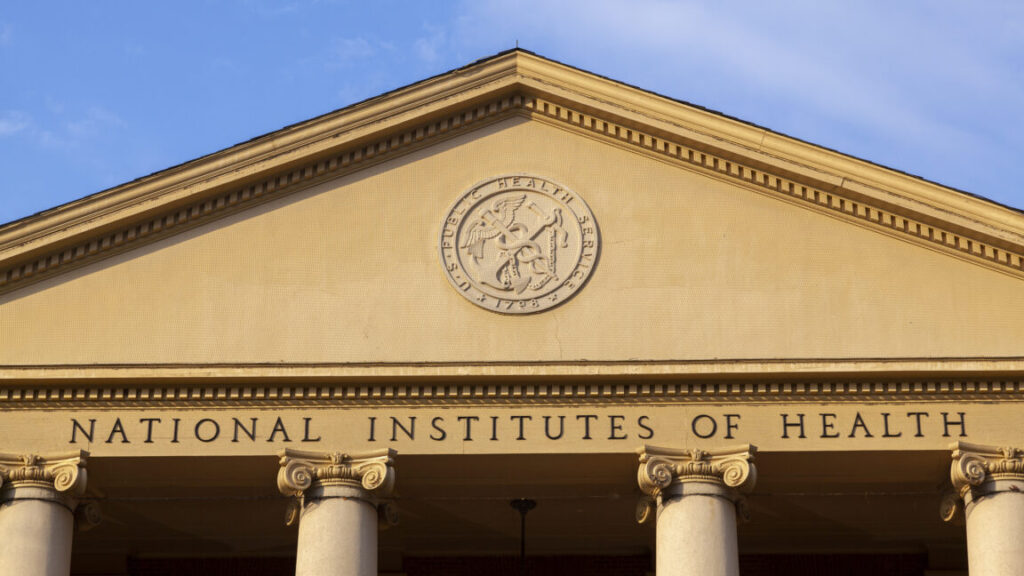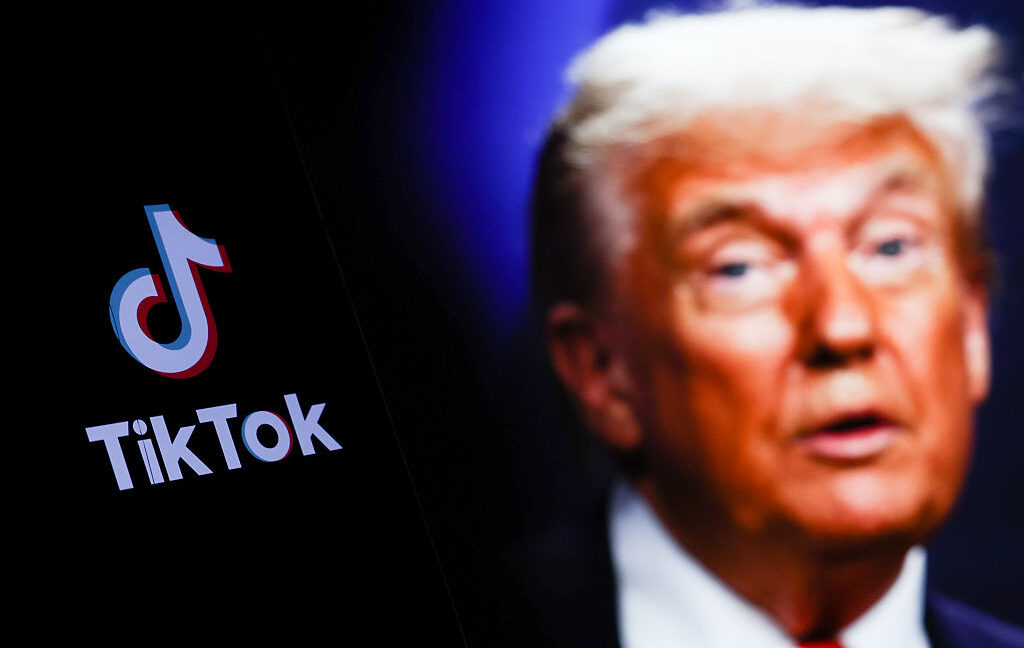An NIH director joins MAHA, gets replaced by JD Vance’s close friend
The director of a federal health institute that has arguably produced two of the most controversial government studies in recent years has accepted a new federal role to advance the goals of the Make America Healthy Again movement. Meanwhile, the person replacing him as director is a close friend of Vice President JD Vance and was installed in a process that experts describe as completely outside standard hiring practices.
The series of events—revealed in an email to staff last week from the National Institutes of Health Director Jay Bhattacharya—is only exacerbating the spiraling fears that science is being deeply corrupted by politics under the Trump administration.
Richard Woychik, a molecular geneticist, is the outgoing director of the NIH’s National Institute of Environmental Health Sciences (NIEHS), which is located in Research Triangle Park, North Carolina. He has been director since 2020 and was recently appointed to a second five-year term, according to Science magazine. Woychik was hired at the institute in 2010, when he joined as deputy director, and was appointed acting director in 2019.
As the director of NIEHS, Woychik was also the director of the National Toxicology Program (NTP). This is an interagency program that has produced two highly controversial scientific reports during Woychik’s time in NIEHS’s upper leadership. One, initially released in 2016, claimed that cellphone radiation causes cancer based on findings from rats, though only male rats. The final reports were published in 2018. Another controversial study, finalized this year, suggested that high levels of fluoride lower the IQ of children. Both the cellphone radiation and fluoride studies have been roundly criticized for flaws in their methodology and analysis, and the scientific community has largely dismissed them.
However, the studies align with—and bolster—the conspiracy theories and misinformation spread by the MAHA movement, which is led by ardent anti-vaccine activist and current US health secretary Robert F. Kennedy Jr. As health secretary, Kennedy has pledged to remove fluoride from municipal water, which, over decades, has proven safe and highly effective at preventing tooth decay in children. He has also, at various times, suggested 5G cell phone radiation causes cancer, a variety of other health conditions, changes to DNA, and is used as mass surveillance.
An NIH director joins MAHA, gets replaced by JD Vance’s close friend Read More »











